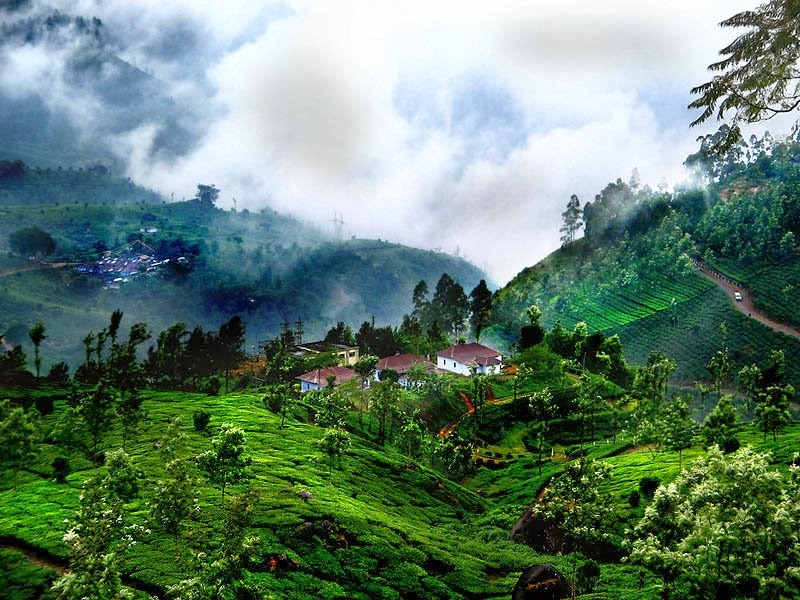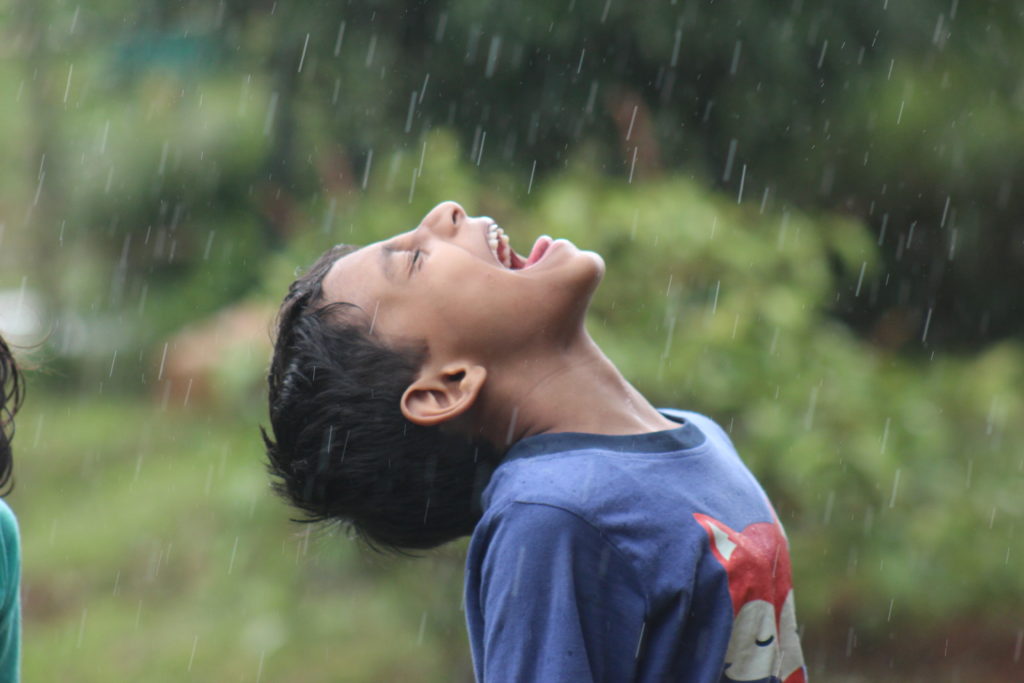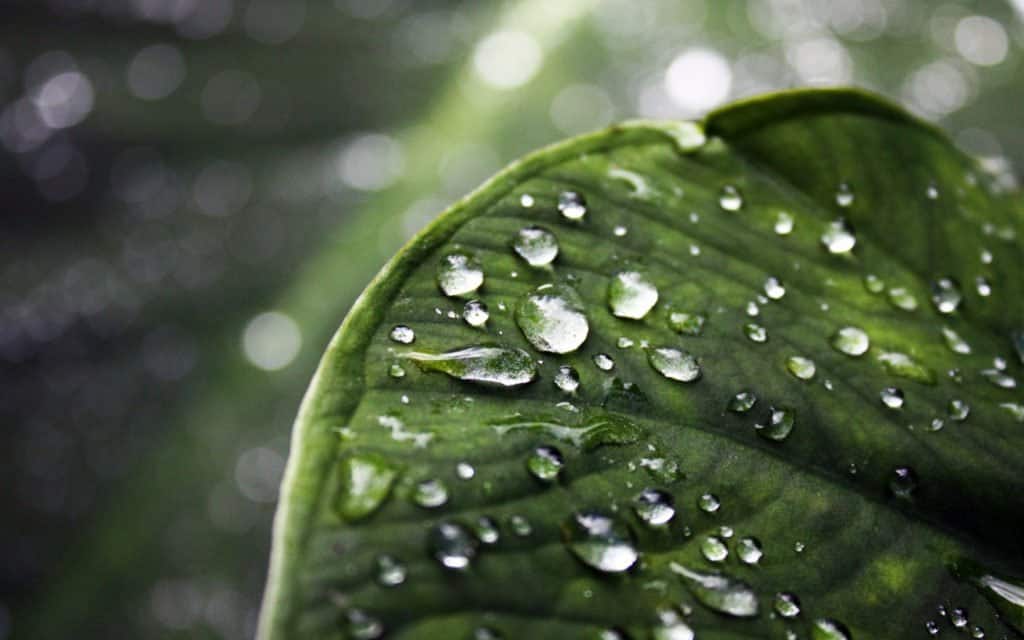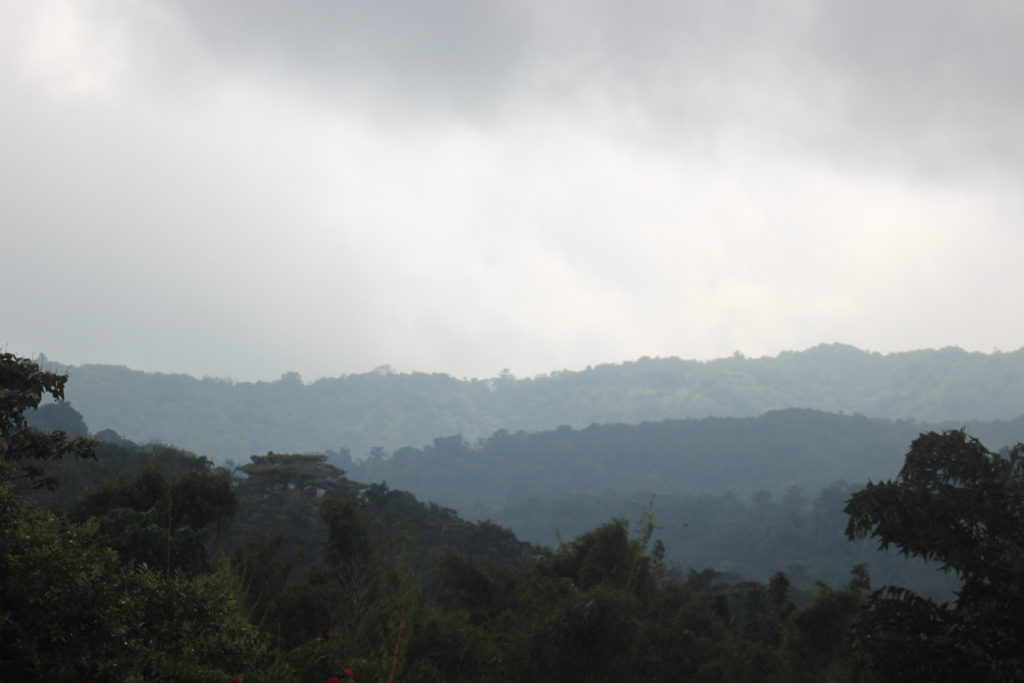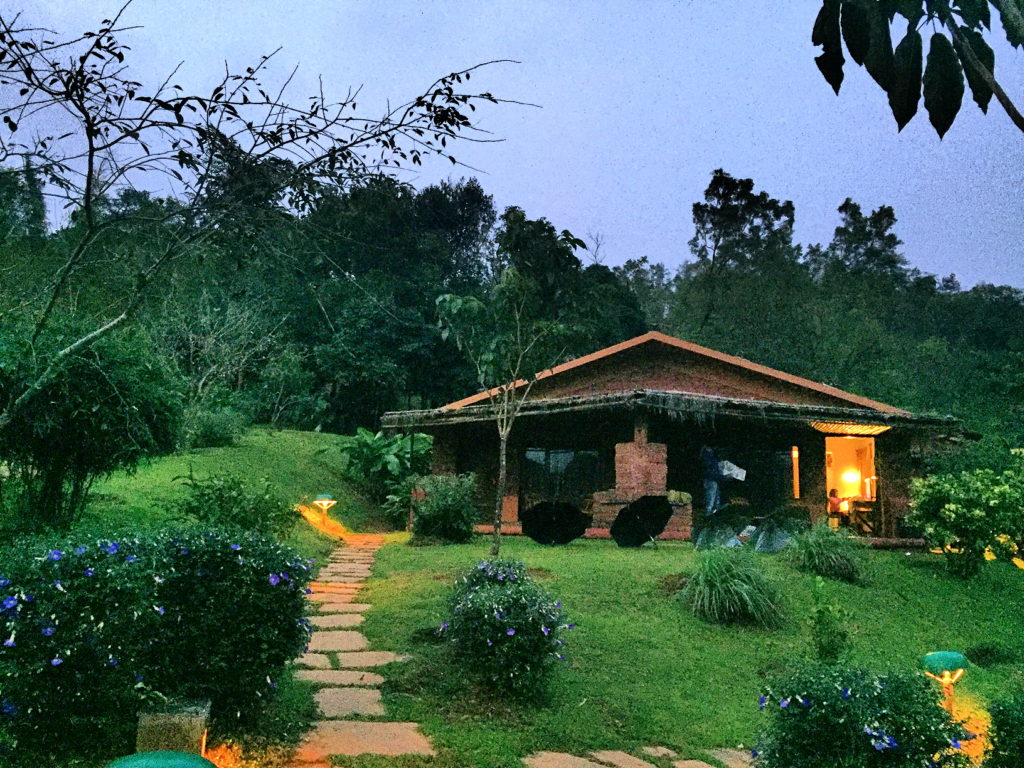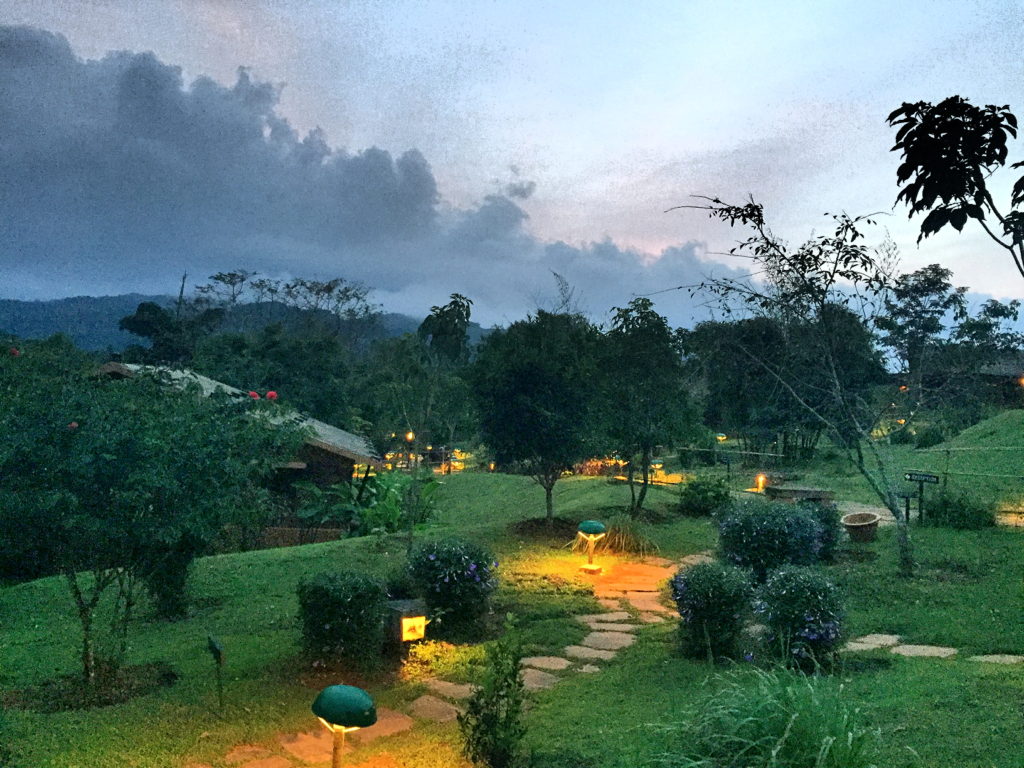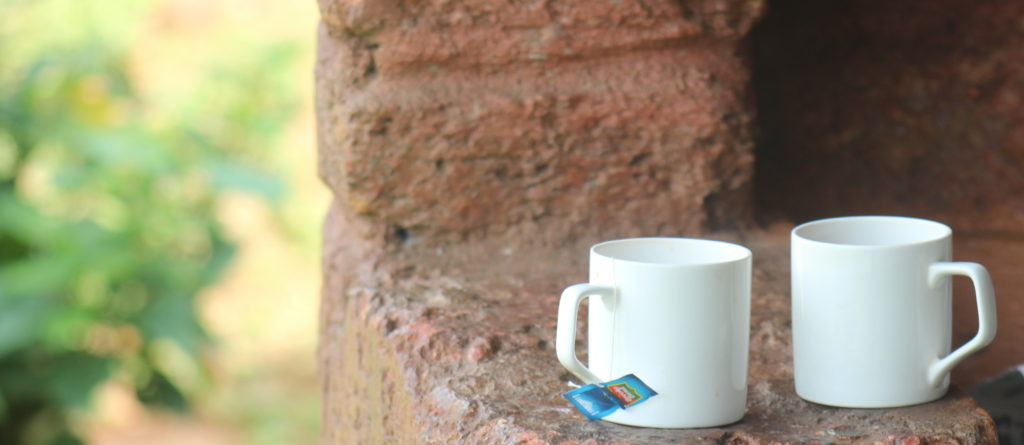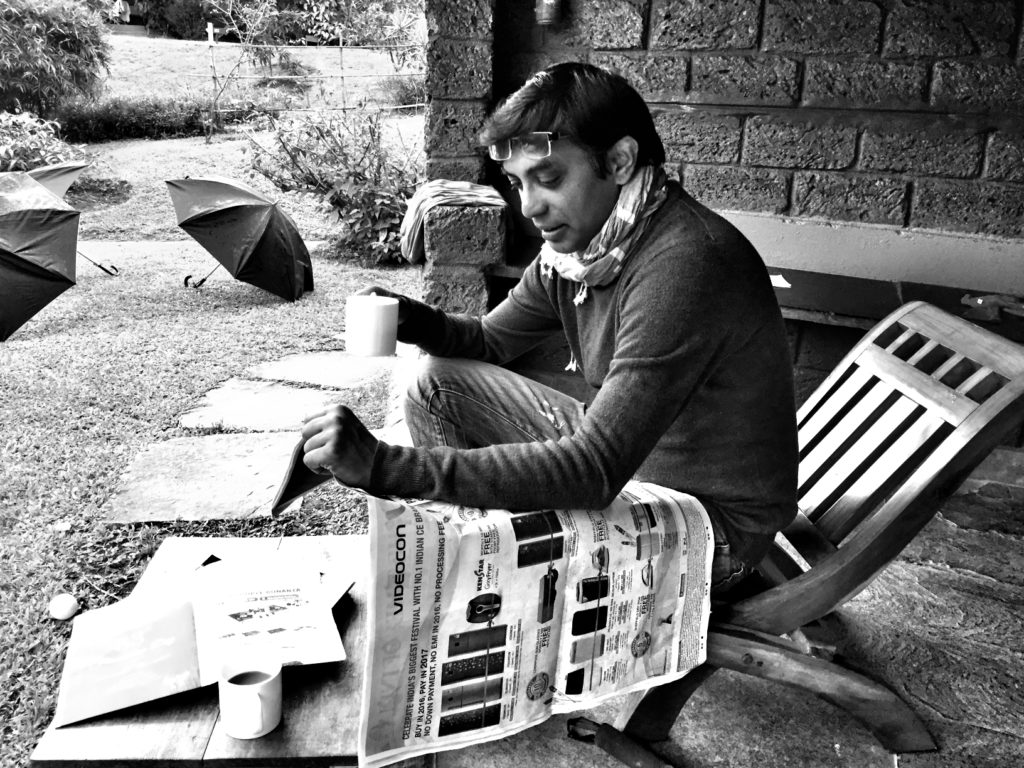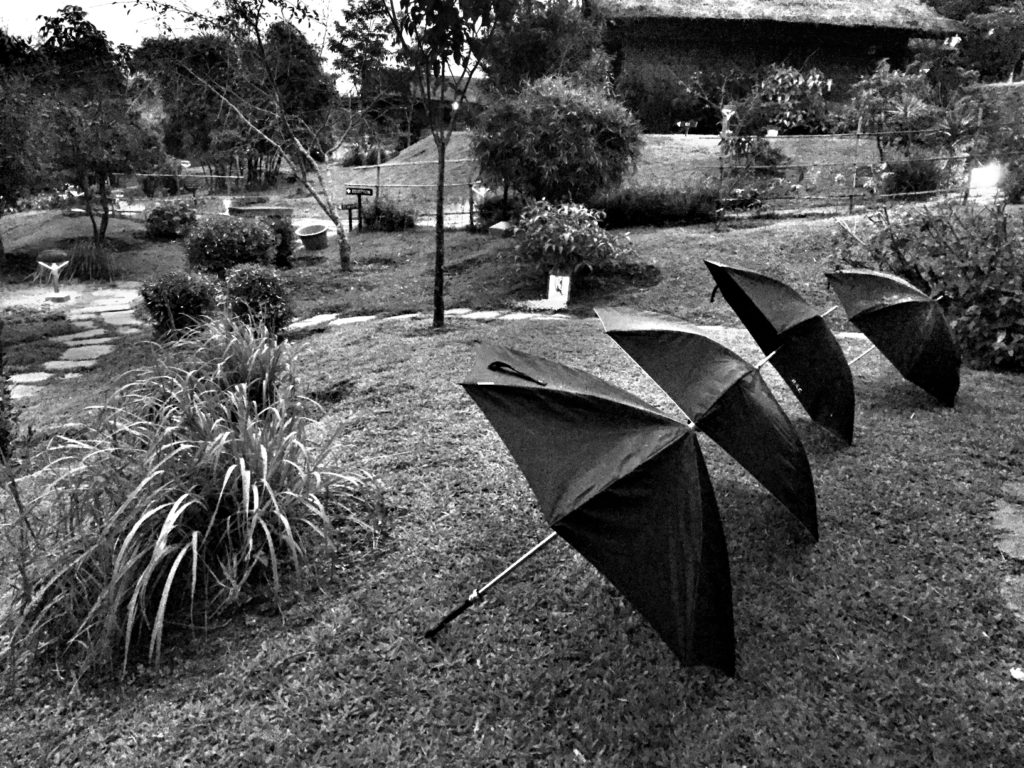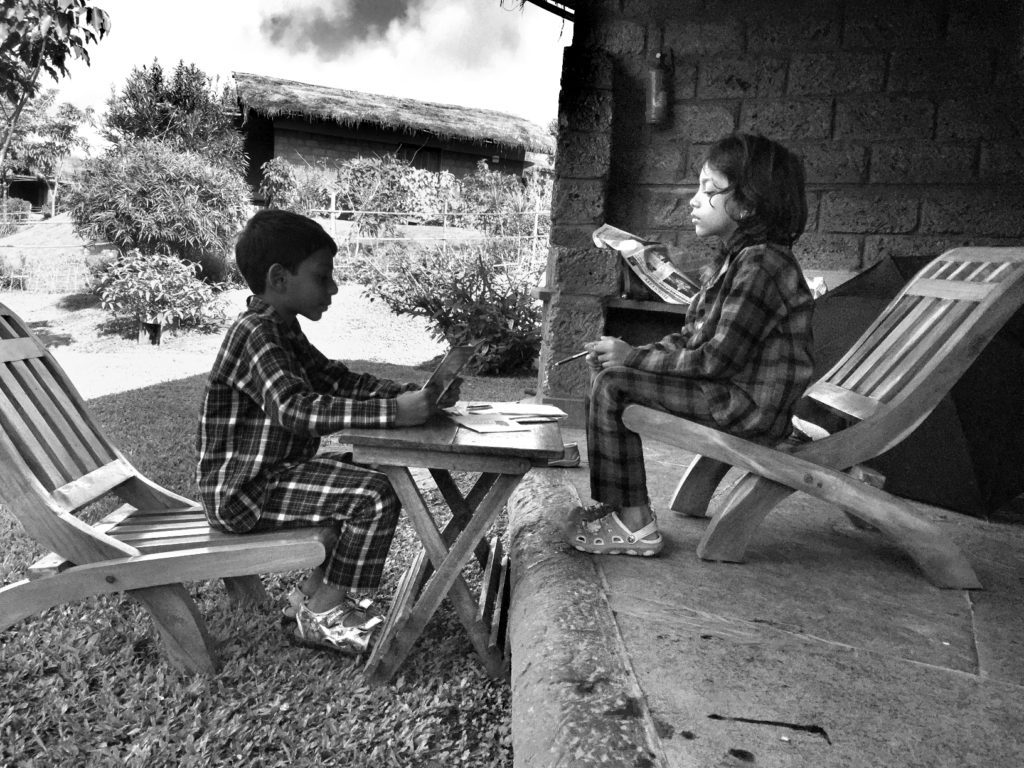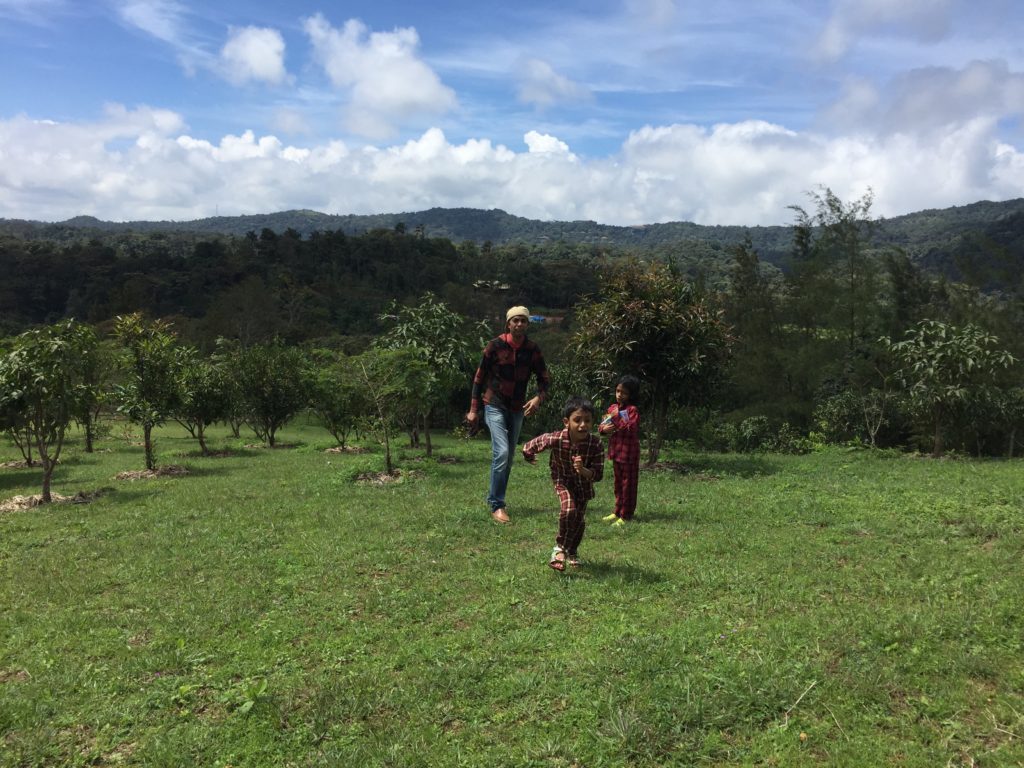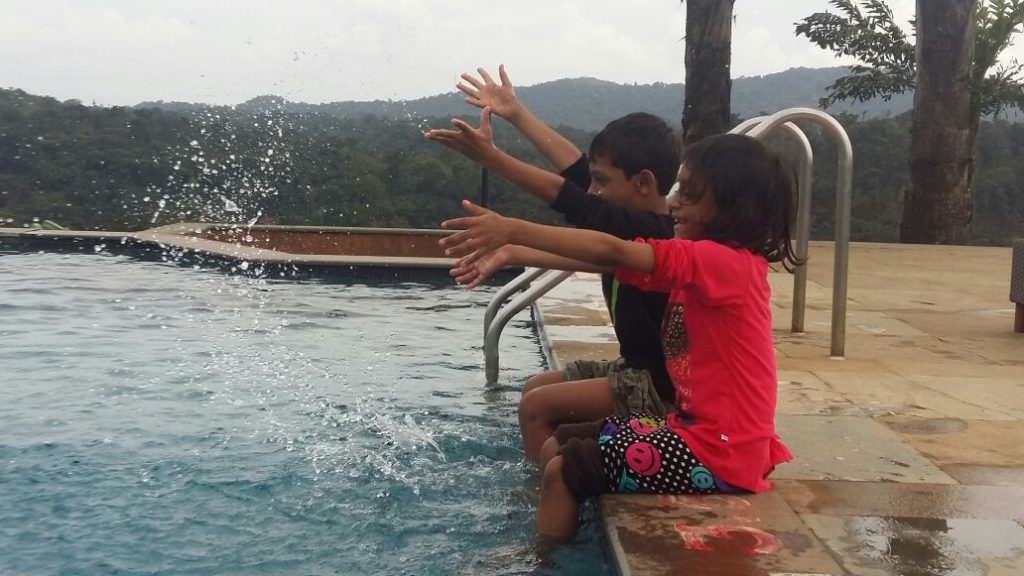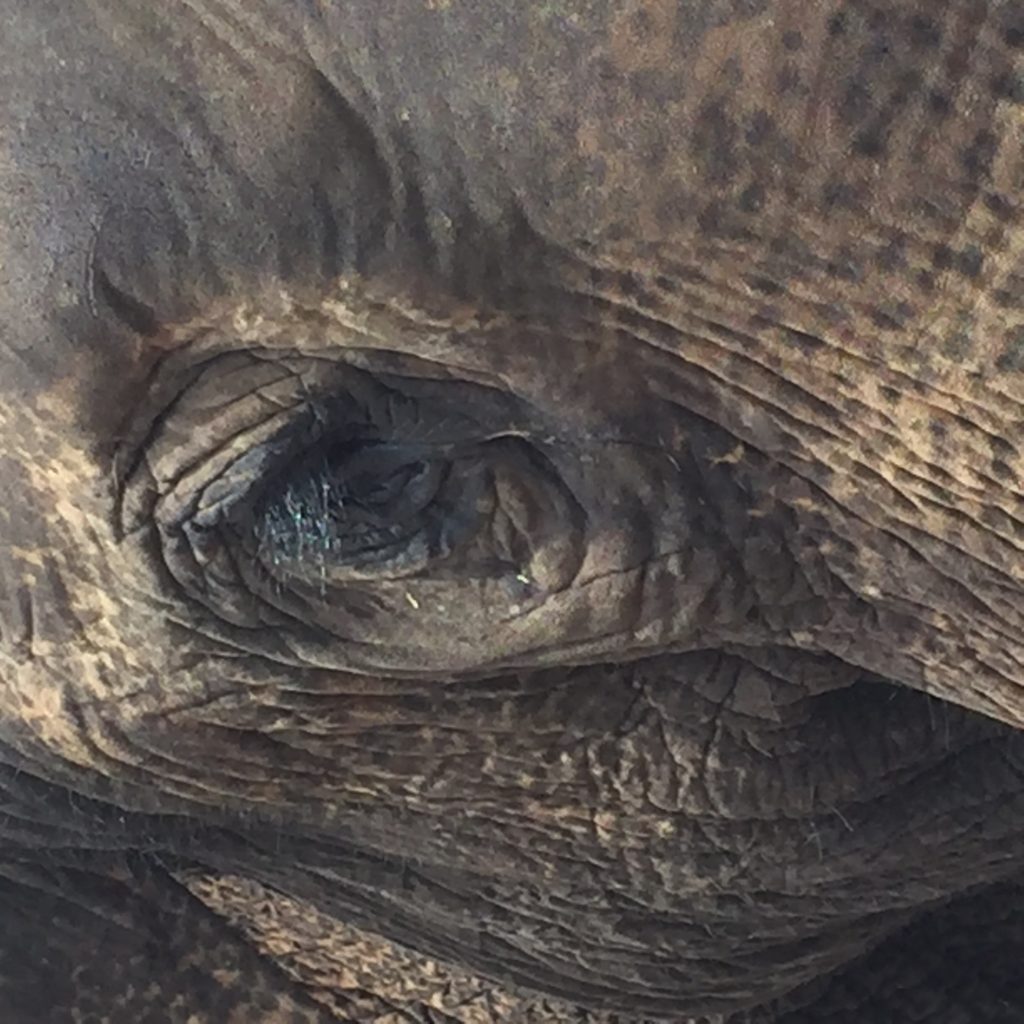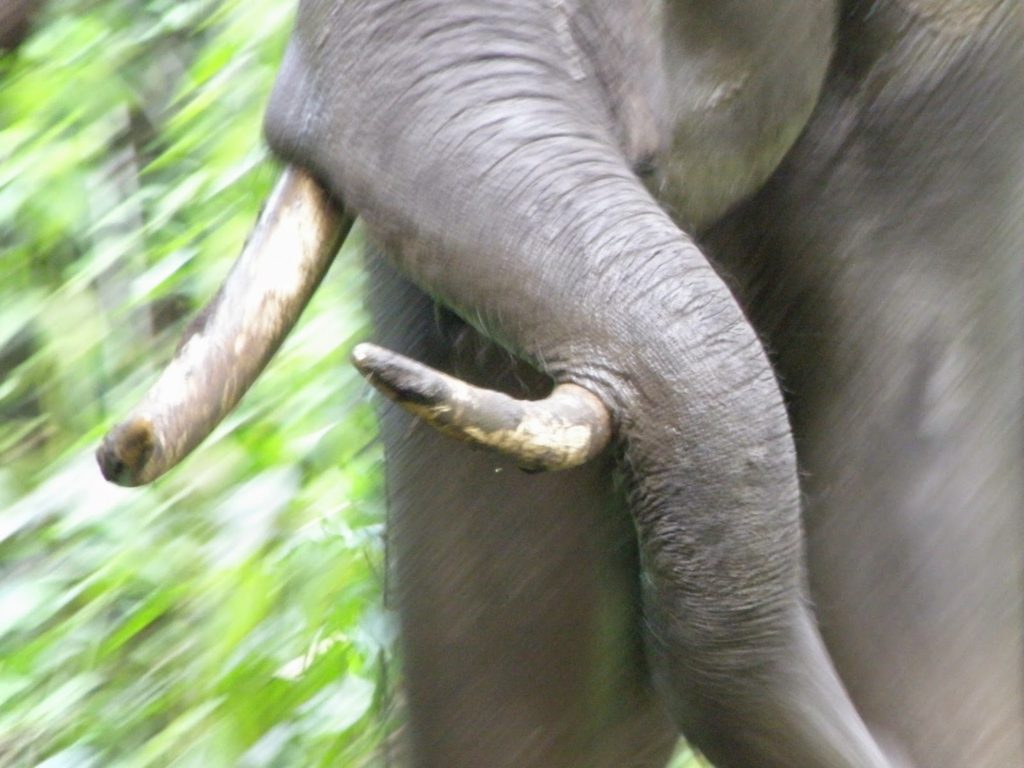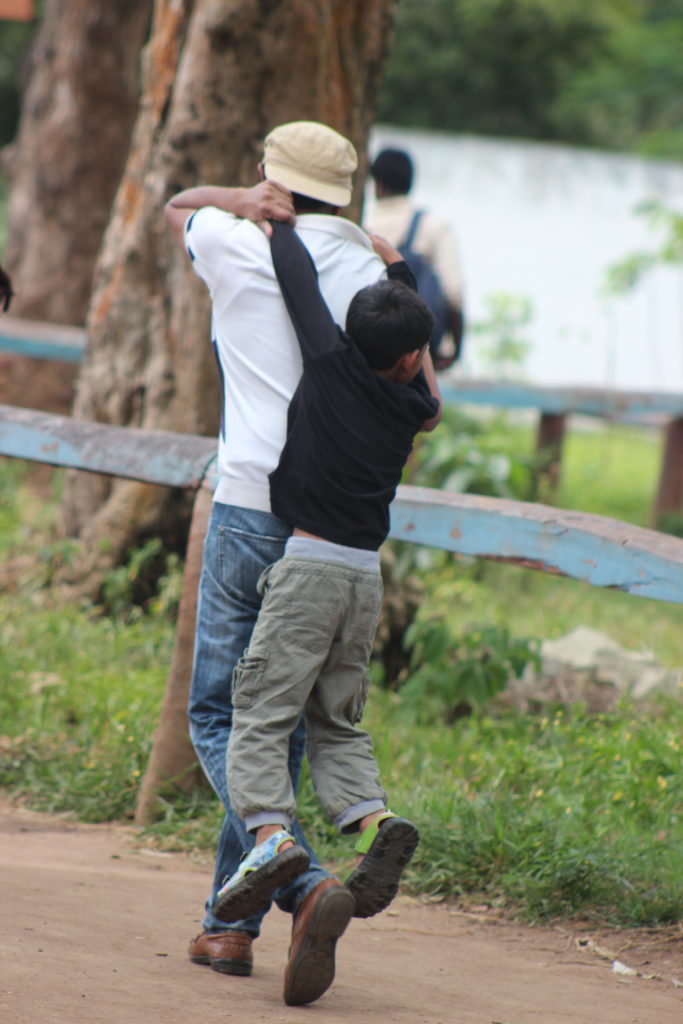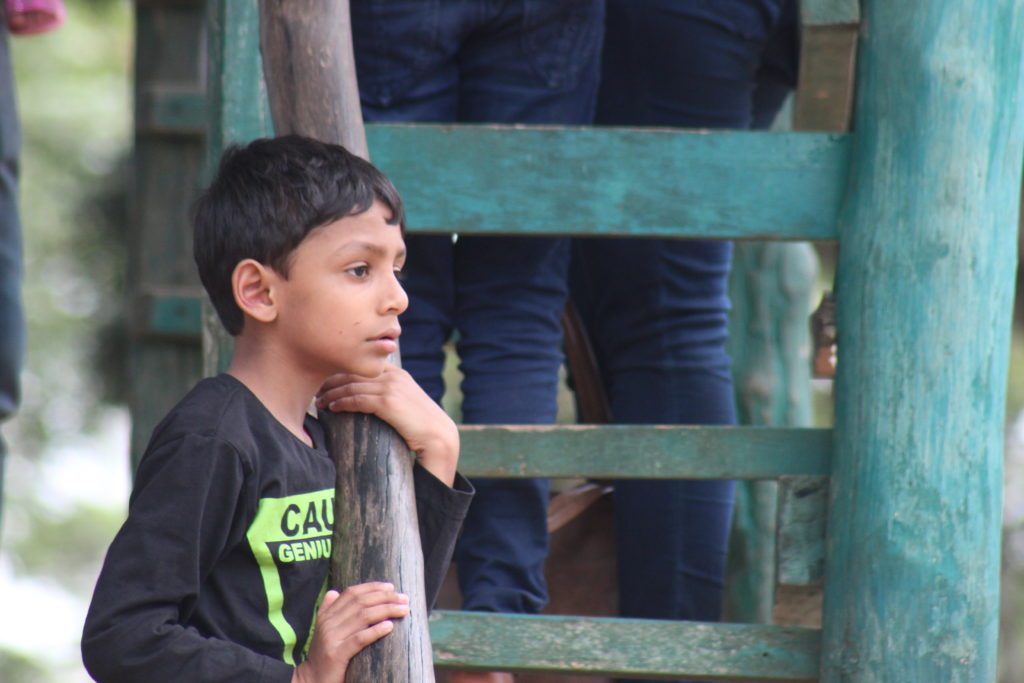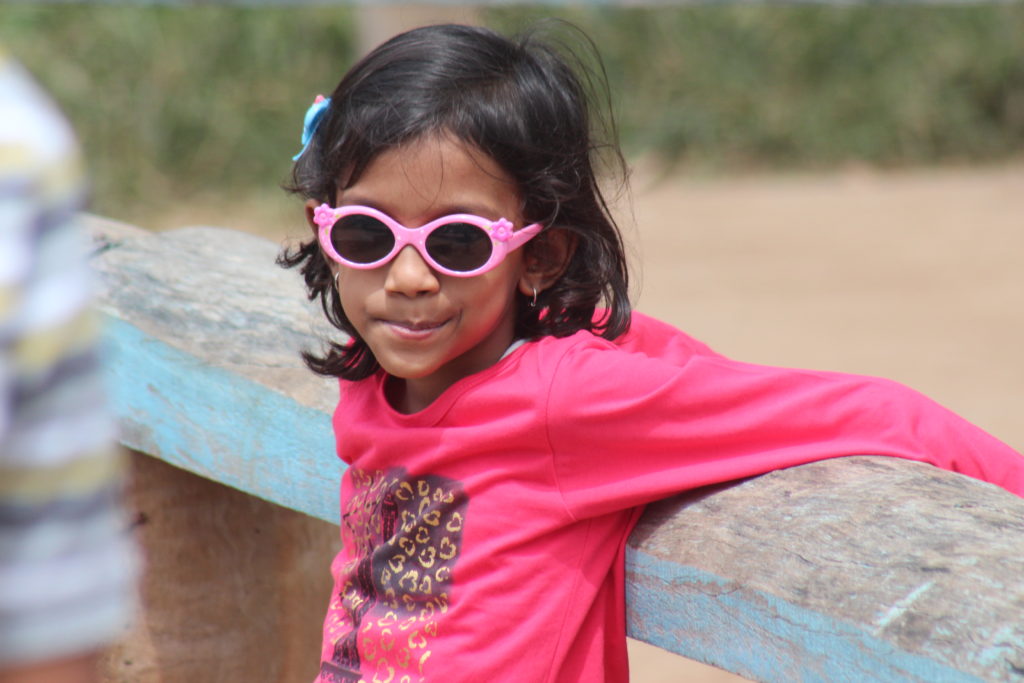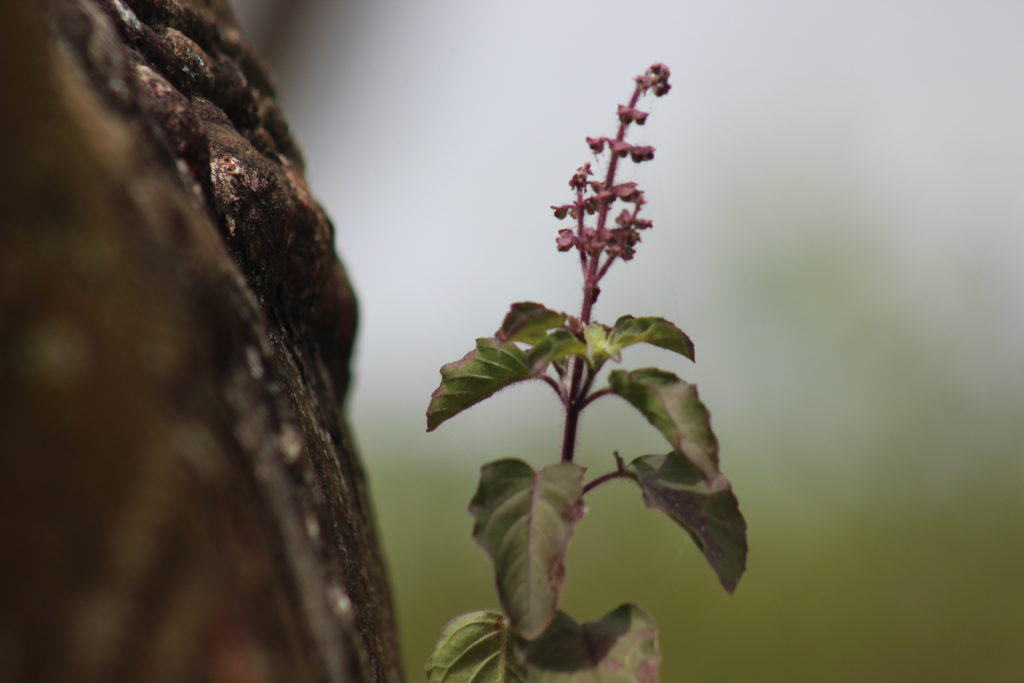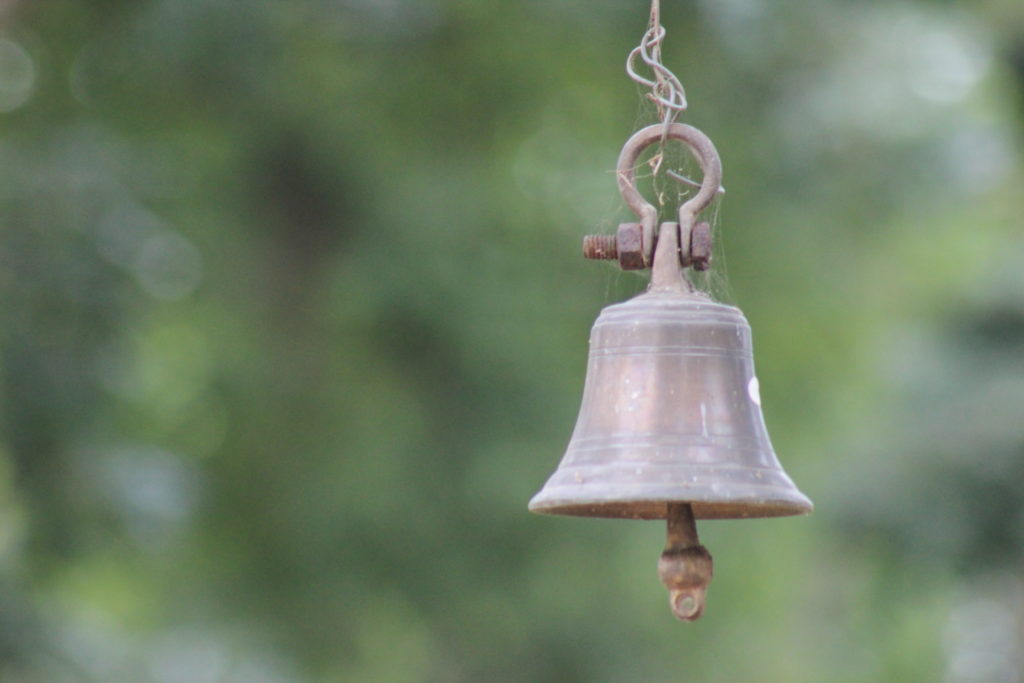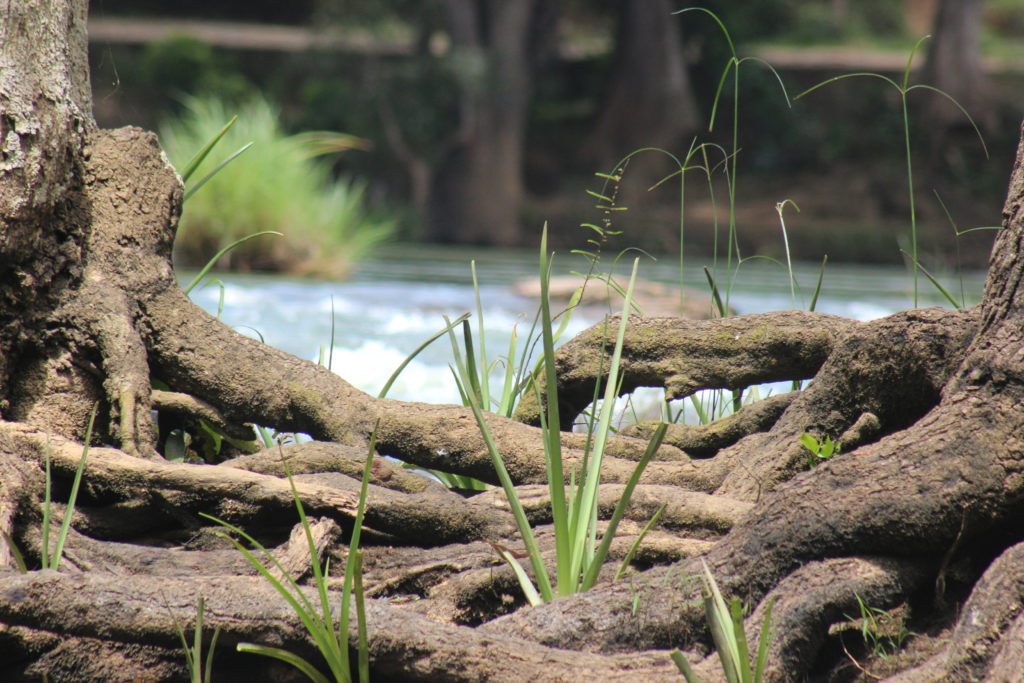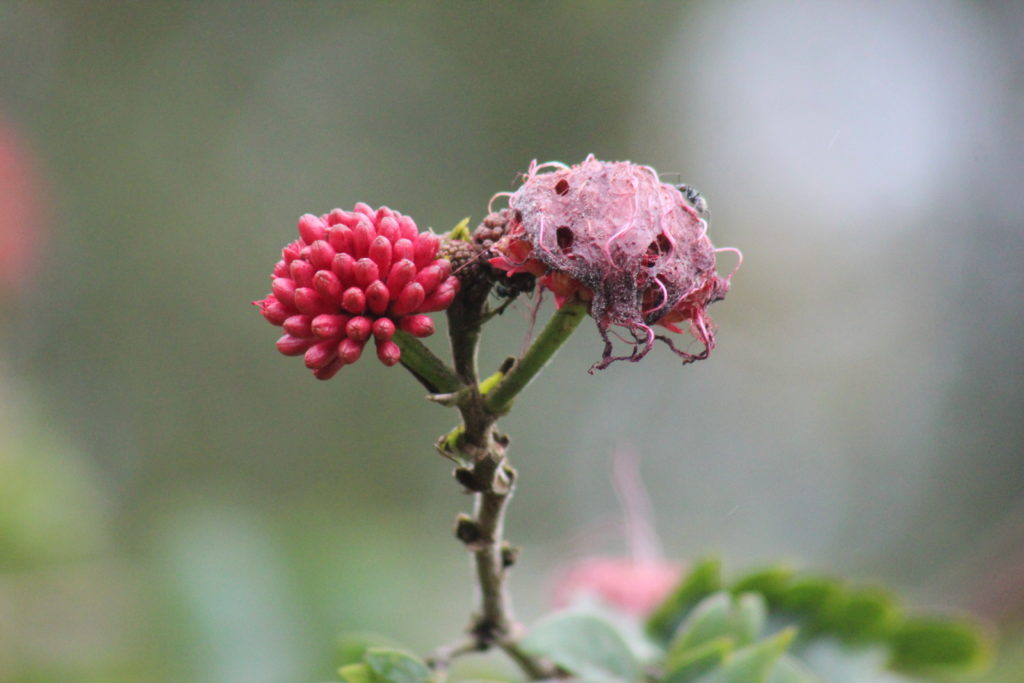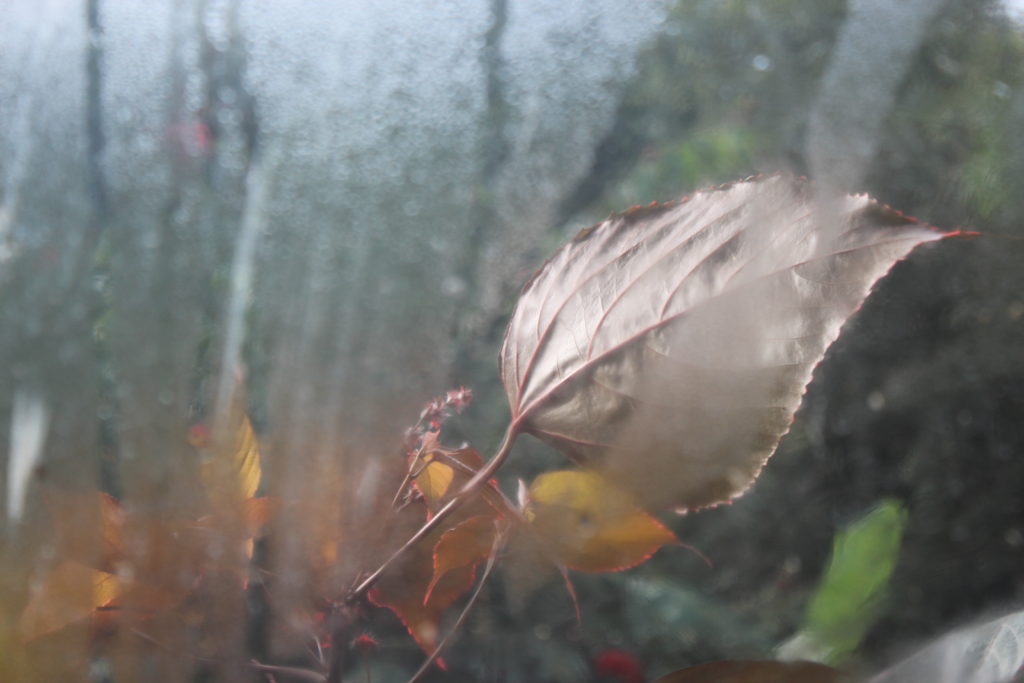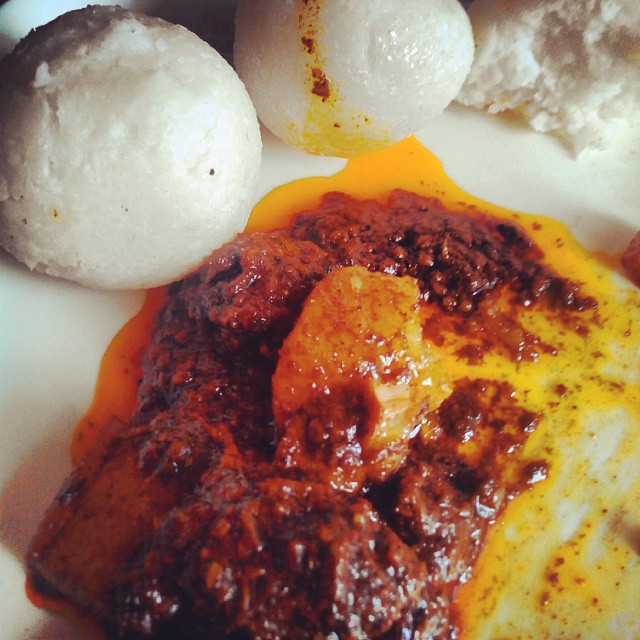When I was younger, Coorg was a little squiggle on mind, most evitable by a rich sultry drapes, matching nails and lip colour of a certain Ms Cariappa. It almost stood out eking out a visual cue for Coorg. Eventually, as my friend circle grew in college, Coorg became one of those places that people called home in the multicultural melting pot that was Manipal.
And, almost all of them had jaw-dropping good looks, had an unbelievably high tolerance for fiery meat dishes and the almost the same intensity of intolerance against hockey! This naturally led to a conversation about the Pandi Curry or the famous spiced pork curry of the region. It reached a level, where some of us actually started believing that this dish was the sacred rite of passage for all meat lovers. The pandi curries brought back from home visits always stirred a sense of intrigue in me. But alas, those that I sampled remained greasy blots in my food memory, and just like the dish, with time, the place faded from the memory.
Then, many years ago, when I first crossed a bridge over the Cauvery, with the familiar highway markers announcing ‘Welcome to Kodagu District’ in, I remember feeling a sudden rush of excitement as those half-remembered impressions flooded in, making me nostalgic but greedy to fill my pot of memories.
Coorg has been done and dusted several times- sometimes with friends, sometimes just the two of us, sometimes with family. But however much we had tried, we ended up ‘doing’ things- sometimes watching waterfalls, visiting monasteries, taking tours of spice plantations, trekking up little streams and forest pathways.. but this time it was really nothing that we did! And, as I turn older(and hopefully wiser), I realize this even more…that the less you do during holidays, the best kind it becomes.
This time, it was right after the monsoons, but just before we could officially bid the rain-Gods goodbye. Not cold, but just right. Not hot, but just right. Not incessant pours, but just the right amount to make you feel rejuvenated, exactly how a jasmine flower would dance bobbing its head, after a rain-shower.
“A benevolent sky, a silken road, an uplifting green on either side
the blue-grey hills that seem to move farther away as I move closer to them”.
In a few kilometres after the gateway town of Kushalnagar, the run-of-the-mill state highway suddenly transforms into a winding hilly road. Many don’t consider the monsoons a favoured time to visit the hills, but whenever I have travelled across South India, it has been under the aegis of the rain gods. Somehow, I have always enjoyed this off season experience which drives away the tourist hordes and returns the place to its solitude.
The rain-washed land shorn of its summer dust has a fresh and dewy sheen. Coorg was no different and this glimpse of the lush and wild forested tracts interspersed with the vast coffee plantations, can make you easily imagine ducking quietly in a gap created by passing rain clouds. As the sun cast its errant late afternoon beams across the road, the coffee bushes glistened, cementing this as a lasting snapshot of the place.
It was late afternoon when we reached our quaint resort. As we made our way through the bumpy non-roads , the Coorgi terrain enveloped us in her musky, squelchy and coffee-scented hug. An idyll in the middle of 200 odd acres of coffee, cardamom and pepper crops, the Heritage Resort is a real treat and retreat!
Perched on a mountain top and wrapped in the cool embrace of a rainforest is our gracious resort, it blends naturally into this wild outpost. Concealed among majestic trees and a flirt of a mist, the cottages offer panoramic views of mountains, while the resort overlooks deep valleys and gurgling streams. 21st century comforts are juxtaposed against earthy acsents.
This is the template for most Coorgi homestays or resorts. The walk from our little cottage to the restuarant was a little trek that the two little ones enjoyed the most- especially because they were left unescorted to do so! Spotting lego like cottages among the green clad hills, farmers harvesting the crops, streams flowing majestically snaking through the valley, lakes looking like small gems from high above made all of us feel like being in a natural amphitheater.
We spent our two days walking around misty hill slopes within the resort. An only sightseeing experience at the Dubare Elephant camp left me a little scarred, although the twins loved the fact that they could really touch the pachyderms. The mahouts are tired, and so are those poor elephants being on display like this. I wish they had a more inclusive way of getting tourists to feel the real delight of sharing road-space with these beautiful animals.
The tourist legions had left in its wake reams of orange Haldiram bhujia packets; five score photographers were busy posing with every part of the elephant. A little stack of hay fetched the mahout Rs10 in his pockets, when he allowed the tourists to feed the animal with their hands. We left soon after, driving around aimlessly, tracking the natural beauty of the rolling hills and stopping where we pleased. Lured by ambling cows, little bridges over gurgling streams and picturesque sunsets, we were masters of our own itineraries till we reached our resort again!
While coffee is an integral aspect of Coorgi cuisine, a plentiful bounty of the land, so is meat. Traditionally the Kodavas (the indigenous locals who had settled in the region thousands of years ago) were fierce hunters who subsisted on game that they caught and the produce of the land.
This included a limited number of vegetables and resulted in a largely meat-based diet. And it is the meat from the wild boar hunt that forms the region’s greatest delicacy—the Pandi Curry. While I tasted my delightful Pandi Curry packed from a restaurant with a jaw-dropping view across a valley, most Pandi curries are best had in traditional homes accompanied by banter and snowy akki rotis(brittle rice flour pancakes) or kadumballis(puffed, steamed dumplings of rice).
Everything in Coorg is born of the soil, including its people. This is a Coorgi monsoon. And it is like no other that I have seen.
“The other hills always look more welcoming
a soothing breeze blowing across the ‘other’ hill
covers them in a huge grey cloud, carefully leading them
…and there, from here, the hills appear hazy, and the trees dance to a merry tune!
I slowly but reluctantly descend
still smelling of the blended scents…
still smelling of raindrops…!”

Sambrita Basu is a food-fascinated travel writer and photographer based out of Bangalore India. A background and a degree in hospitality and restaurant management paved her interest in food. As the secretary of the institution’s editorial club, she contributed regularly and wrote about food in their annual magazine, A la Carte.
Sambrita has published interviews of celebrity authors and business veterans in international publications like Infineon. Her contributions also include photographs on foods and restaurants of Bangalore for DNA—a leading newspaper publication in Bangalore. Sambrita’s creative expressions transport readers to alleys, hotels, hide-outs, restaurants, attics, and spice markets in several cities across the world.
Sam (as she is popularly known by her friends and family) doesn’t write for a living, but she lives to write.


